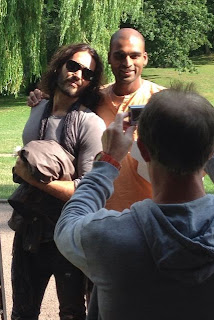It’s easy to take mothers for granted. In an attempt to estimate the monetary value of ‘motherly love’, some researchers spent a week following around one such mother. She took the kids to school, so they calculated how much a taxi driver would cost. She cooked the breakfast, lunch and dinner so they approximated the wage bill of a cook. The mother also played the role of a cleaner, psychologist, accountant and nurse to name but a few. They calculated the overtime the mother put in, and how she would often go on for years without any time off (every family holiday she was fully on-call). After crunching the numbers, they discovered that to employ such a mother would set you back in the region of £150,000 a year!
That, however, doesn’t tell you the full story; the quality of the job is what really stands out. The service of a mother is incredibly selfless and unceasing. They don’t stipulate any expectation in return for their services, and are delighted when offered the opportunity to go beyond the call of duty. What to speak of receiving benefits, even when children act in irrational and ungrateful ways, the mother happily continues to serve. Their service unfailingly continues day after day, and even when the child becomes a grown adult the outpouring of motherly love doesn’t subside.
Ancient scriptures explain how our actions towards God and all living beings should be completely devoid of selfish intent. By offering our lives in service, unmotivated and uninterrupted, we experience profound satisfaction and fulfillment which otherwise remains elusive. While this may be hard to conceptualise, the living example of magnanimous mothers gives us an insight into what selflessness really is. Swami Prabhupada explained how the love between mother and child is the purest form of love found in this world. How wonderful if we could take some moments to remember this, foster a mood of gratitude, and share that selfless spirit with the entire world.
Disclaimer: I am sure many fathers also fit the above descriptions 🙂







.jpg)














